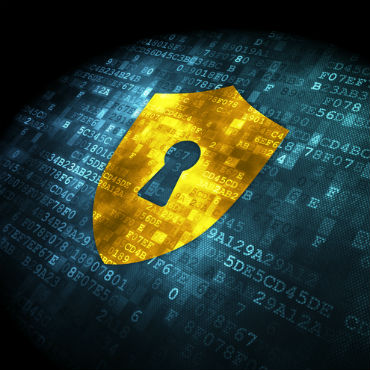How agencies can get in step with the cyber EO

The top three technologies for compliance with the cybersecurity executive order.

At the end of August, reviews began on the organizational plans submitted by Federal cybersecurity stakeholders, in response to the May 11, 2017 Executive Order for Strengthening the Cybersecurity of Federal Networks and Critical Infrastructure.
A critical action within EO 13800 was for federal cybersecurity stakeholders to produce target profiles, based on the National Institute for Standards and Technology's Framework for Improving Critical Infrastructure Security, that identify their cybersecurity gaps and plans to mitigate those gaps. Essentially, map a path from cybersecurity "as is" to cybersecurity "to be."
Getting to the bottom of these areas is important from a policy standpoint. The order requires the Office of Management and Budget and the Department of Homeland Security to submit a plan to the President 60 days after agency self-evaluations. The plan must include a review of budget needs, which will be continually reassessed.
Both the gaps and the plans to mitigate those gaps are aligned with the security controls identified in NIST Special Publication 800-53. The path to the “to be” cybersecurity infrastructure in the target profiles is laid with stepping-stones aligned with the NIST 800-53 security control family.
There are three main ways agencies can mitigate gaps in their path of stepping-stones associated with access control, identification and authentication, and system and communications protection security controls. That’s by deploying these types of solutions:
- Cryptographic key management and encryption applications. These solutions enable agencies to securely partition shared infrastructures and provide access controls through encryption.
- High assurance authentication. Authentication solutions provide common assured (certificate-based) identities to access converged network and IT.
- Cross-domain security. Cross-domain solutions facilitate information sharing across shared services and infrastructure.
Let's take a closer look at each. And if this starts sounding too technical -- don’t panic. It’s just an explanation of what kind of technologies an agency needs to ensure compliance, and how they’re used.
Cryptographic Key Management
Cryptographic key management solutions provide the access control and data security foundation to directly address security control gaps several NIST 800-53 controls:
- Cryptographic Key Establishment and Management,
- Public Key Infrastructure Certificates, and
- Protection of Information at Rest
Cryptographic key managers can automate encryption applications for all areas of infrastructure: applications, cloud storage, databases, files, self-encrypting drives, and virtual machines. They also provide organizations deployment flexibility as enterprise implementation of hardware, virtual, and cloud-based appliances or small form factor for tactical or remote bandwidth constrained environments.
Additionally, hardware security modules provide the hardware root of trust and are the trust anchors for the organization’s key management and public key infrastructures. These key management and encryption technologies are used throughout the federal market.
High Assurance Authentication
High assurance authentication solutions provide the identification and authentication foundation for infrastructure access. These technologies directly address security control gaps, for:
- Identification and Authentication,
- Authenticator Management,
- Cryptographic Module Authentication
- Use of Information Assurance Products
High assurance authentication through PKI-based hardware authenticators (smart cards and tokens) binds the identity certificates established in stakeholder’s key management or public-key infrastructures to authorized individuals. The accompanying middleware enables stakeholder applications to use the authenticators for their organization and mission applications. These authenticators are commonly used throughout the federal government.
Cross-Domain Solutions
Cross-domain transfer systems provide the access control foundation for multi-domain information sharing. These technologies directly address security control gaps, for:
- Access Enforcement,
- Information Flow Enforcement,
- Boundary Protection
- Use of Information Assurance Products
Cross-domain transfer systems are based on multi-level security for information sharing and content filtering. The MLS-based systems control information flows and release of authorized information between security domains or other sensitive enclaves. Cross-domain transfer systems allow stakeholders adaptability, through APIs, to use different protocols and types of content for information sharing and manage their associated policies. These cross-domain systems are commonly used by defense and intelligence community organizations in the federal market.
The technologies outlined here won’t necessarily ensure that an agency will be immediately compliant with the cybersecurity executive order. But each of these addresses a concern that can make agency assessment easier, and can help establish a baseline budget for IT solutions that will make compliance and continuing re-evaluation much easier.
NEXT STORY: Anyone Can Track You With $1,000 of Online Ads


